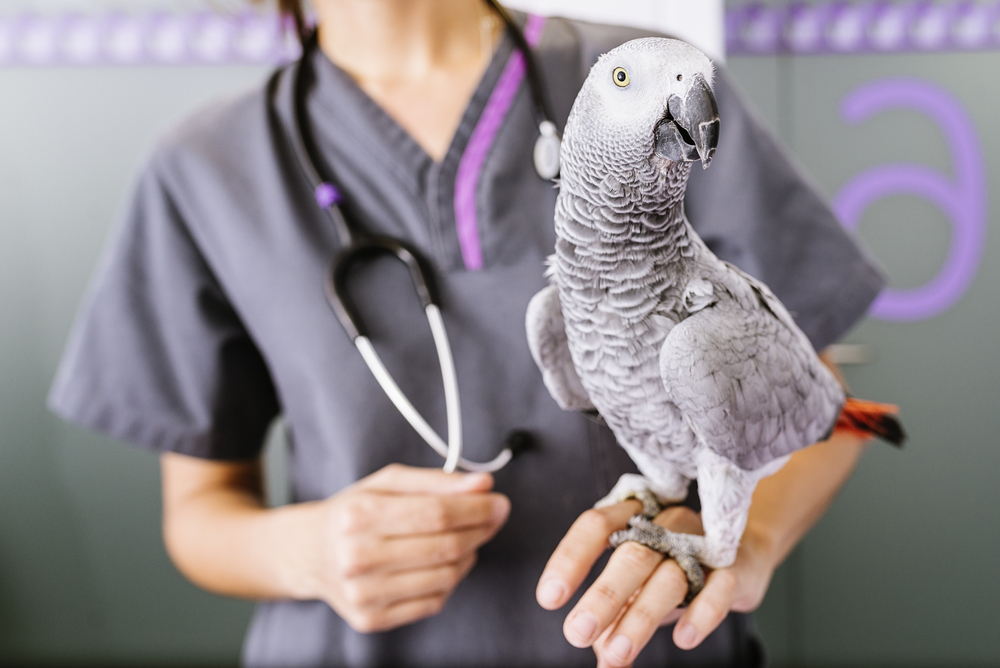Fear Free
Specific signals of fear, anxiety, and stress (FAS) differ slightly by species, but what remains constant for delivering Fear Free care is to attend to what animals communicate through their body language.
For exotic animal veterinarian Alicia McLaughlin, who practices at the Center for Bird and Exotic Animal Medicine in Bothell, Washington, paying close, constant attention to body language signals throughout interactions and care is vital for protecting the emotional experience and safety of her animal patients and the veterinary team.
In the case of Dr. McLaughlin’s exotic animal patients, signs of FAS may be slightly different and adjusted to depending upon the species. Avians in particular can be challenging for most people to read. But with practice, reading their signs of FAS becomes second nature.
Some signs of increasing fear, anxiety, and stress McLaughlin watches for in avian patients include eyes appearing more round as opposed to soft and almond-shaped. Stressed birds also do not preen themselves and are unwilling to eat even favorite treats. Birds may stand taller on their perch and lean away from a scary object or person, with feathers slicked and held close to the body. If these body language cues are ignored, birds may attempt to fly away or vocalize, or FAS may progress to defensive gesturing, with the bird opening the mouth, lunging, and threatening to bite.
Another aspect of body language to watch for is overexcitement.
“Overexcitement can lead to aggression quickly,” McLaughlin says.
Signs of overexcitement include feathers ruffling on the nape of the neck. A parrot may fan out tail feathers. Parrots have voluntary control over their pupils and can dilate and constrict them rapidly in what is referred to as eye pinning, another sign of overexcitement and a red flag for potential aggression.
Carefully and continually monitoring for signs of FAS throughout preparatory visits and actual veterinary care is protective both for the ability to handle patients in the immediate situation and for building their long-term comfort with care.
This article was reviewed/edited by board-certified veterinary behaviorist Dr. Kenneth Martin and/or veterinary technician specialist in behavior Debbie Martin, LVT.





